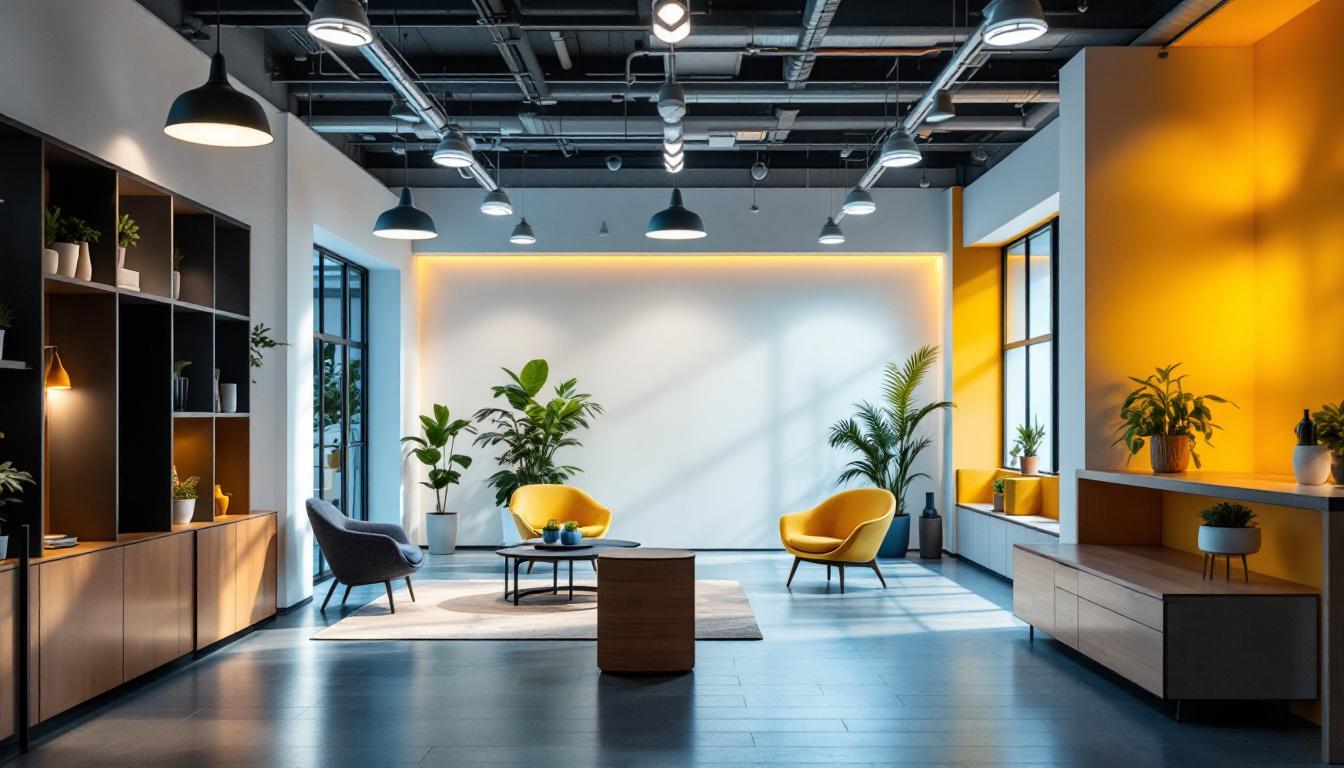
In the ever-evolving world of architecture and design, the importance of lighting cannot be overstated. Contemporary office lighting has emerged as a pivotal aspect of creating functional, aesthetically pleasing, and energy-efficient work environments. This article explores how modern lighting solutions are transforming the lighting industry, enhancing workplace productivity, and setting new standards for design.
Over the decades, office lighting has transitioned from basic fluorescent fixtures to sophisticated systems that incorporate advanced technology and design principles. This evolution reflects broader changes in work culture, emphasizing the need for environments that promote well-being and efficiency. As remote work and flexible office layouts become increasingly common, the role of lighting in creating a productive atmosphere has never been more crucial. Employers are now more aware than ever of how lighting can influence mood, focus, and overall job satisfaction.
Fluorescent lighting dominated office spaces for many years, primarily due to its affordability and efficiency. However, with the advent of LED technology, the landscape has shifted dramatically. LED lights offer a longer lifespan, lower energy consumption, and superior light quality. As a result, many organizations are replacing outdated fluorescent fixtures with LED solutions that not only reduce operational costs but also enhance the overall aesthetic of the workspace. Furthermore, the color rendering index (CRI) of LEDs is significantly higher than that of fluorescents, which means that colors appear more vibrant and true to life under LED lighting. This improvement can be particularly beneficial in creative industries where color accuracy is paramount.
Another significant development in contemporary office lighting is the integration of smart technology. Smart lighting systems allow for greater control over illumination levels, color temperatures, and energy usage. These systems can be programmed to adjust automatically based on occupancy, time of day, or even the specific tasks being performed. Such adaptability not only contributes to energy savings but also creates a more personalized and comfortable work environment. For instance, during collaborative sessions, lighting can be brightened to facilitate focus, while softer, warmer tones can be employed during break times to encourage relaxation. Additionally, many smart systems now incorporate circadian lighting, which mimics natural daylight patterns to help regulate employees’ biological clocks, ultimately enhancing their productivity and well-being throughout the workday.
Numerous studies have shown a direct correlation between lighting quality and employee productivity. Poor lighting can lead to fatigue, decreased focus, and even health issues. In contrast, well-designed lighting can enhance mood, increase alertness, and promote overall well-being. The impact of lighting extends beyond mere visibility; it can shape the very culture of an organization, influencing how employees interact, collaborate, and innovate. As workplaces evolve, understanding the nuances of lighting design becomes increasingly vital for fostering a thriving work environment.
Incorporating natural light into office design is one of the most effective strategies for improving workplace ambiance. Research indicates that exposure to natural light can boost employee morale and productivity. Modern office designs often feature large windows, skylights, and open layouts that maximize daylight. However, it is essential to balance natural light with artificial lighting to ensure a consistent and comfortable illumination level throughout the day. Additionally, the presence of biophilic design elements, such as indoor plants or views of nature, can further enhance the positive effects of natural light, creating a more inviting and stimulating environment that encourages creativity and reduces stress.
The color temperature of lighting plays a crucial role in influencing employee performance. Cooler light temperatures, typically around 5000K, are known to promote alertness and focus, making them ideal for tasks requiring concentration. Conversely, warmer light temperatures, around 3000K, create a more relaxed atmosphere conducive to collaboration and creativity. By strategically using different color temperatures in various office areas, organizations can optimize their workspaces for specific activities. Moreover, the integration of smart lighting systems that adjust color temperature based on the time of day can mimic natural circadian rhythms, further enhancing employee well-being and productivity. Such systems not only provide flexibility but also empower employees to customize their work environment, fostering a sense of ownership and satisfaction in their workspace.
As businesses become increasingly aware of their environmental impact, energy efficiency has become a top priority. Contemporary office lighting solutions are designed with sustainability in mind, helping organizations reduce their carbon footprint while also lowering energy costs. The shift towards greener practices is not just a trend; it reflects a growing commitment to corporate social responsibility and the long-term viability of our planet. By investing in energy-efficient technologies, companies can position themselves as leaders in sustainability, attracting eco-conscious clients and employees alike.
LED lighting is at the forefront of energy-efficient solutions. Many LED products now come with Energy Star ratings, ensuring they meet strict energy efficiency guidelines. By opting for Energy Star-rated products, businesses can significantly reduce their energy consumption, which not only benefits the environment but also translates into substantial cost savings over time. Moreover, LED lights have a longer lifespan compared to traditional bulbs, which means less frequent replacements and reduced waste. This longevity contributes to a more sustainable approach to lighting, as fewer resources are consumed in manufacturing and transporting replacement bulbs.
In addition to using energy-efficient bulbs, implementing smart controls and automation can further enhance energy savings. Dimming systems, occupancy sensors, and daylight harvesting technologies allow lighting to adapt to real-time conditions, ensuring that energy is not wasted when spaces are unoccupied. These innovations are essential for modern offices aiming to achieve sustainability goals. Furthermore, integrating these smart systems with building management software can provide valuable insights into energy usage patterns, enabling businesses to make informed decisions about their energy consumption. As technology continues to evolve, the potential for even more sophisticated energy management solutions grows, paving the way for a future where sustainability is seamlessly integrated into everyday operations.
As the lighting industry continues to innovate, several design trends have emerged that reflect the changing needs of modern workplaces. These trends not only enhance functionality but also contribute to the overall aesthetic of office spaces.
Minimalist design has gained popularity in contemporary office lighting, characterized by clean lines and unobtrusive fixtures. This approach emphasizes simplicity and functionality, allowing the lighting to blend seamlessly with the overall design of the space. Pendant lights, recessed fixtures, and linear lighting are often used to create a sleek and modern look. The use of neutral colors and materials such as metal and glass further enhances this minimalist aesthetic, ensuring that the lighting complements rather than distracts from the workspace. Additionally, the integration of smart lighting technology allows for adjustable brightness and color temperature, catering to the diverse needs of employees throughout the day.
While minimalism is a prevailing trend, there is also a growing interest in statement lighting fixtures that serve as focal points within an office. Unique chandeliers, artistic pendant lights, and oversized fixtures can add character and personality to a workspace. These elements not only enhance the visual appeal but also contribute to a sense of brand identity. Companies are increasingly using bespoke lighting designs to reflect their values and culture, making the office environment more engaging and inspiring. For instance, a tech startup might opt for futuristic LED installations, while a creative agency might choose whimsical, colorful fixtures that spark creativity and collaboration among team members. The right statement lighting can transform an ordinary office into an extraordinary space that motivates and energizes its occupants.
As technology continues to advance, the future of office lighting looks promising. Innovations in lighting design and technology will likely lead to even more efficient, customizable, and aesthetically pleasing solutions.
Human-centric lighting is an emerging concept that focuses on creating lighting environments that support human health and well-being. This approach considers factors such as circadian rhythms and the psychological effects of light. By using dynamic lighting systems that mimic natural light patterns, organizations can create workspaces that enhance productivity and promote employee well-being.
Future office lighting solutions will likely be more integrated with other building systems, such as HVAC and security. This integration will allow for greater efficiency and control, creating a more cohesive and responsive environment. For instance, lighting systems could adjust based on the occupancy levels detected by security systems, further optimizing energy use.
Contemporary office lighting is not just about illumination; it is a critical component of workplace design that impacts productivity, well-being, and sustainability. As the lighting industry continues to evolve, embracing new technologies and design philosophies will be essential for creating environments that meet the needs of modern businesses and their employees. By investing in contemporary lighting solutions, organizations can create spaces that inspire, motivate, and foster collaboration.
As the demand for innovative lighting solutions grows, lighting contractors play a vital role in shaping the future of office environments. By staying informed about the latest trends and technologies, they can provide valuable guidance to businesses looking to enhance their workspaces. The shift towards contemporary office lighting is not just a trend; it is a game-changer that will redefine how we perceive and utilize light in our workspaces.
Ready to elevate your office lighting projects and embrace the future of workplace design? LumenWholesale is here to support your journey with our premium, spec-grade lighting products at unbeatable wholesale prices. Say goodbye to local distributor markups and hello to a vast selection of reliable, high-performance lighting that meets the highest industry standards. Plus, with free shipping on bulk orders, you can ensure your projects shine without the burden of hidden fees. Don’t compromise on quality or value—choose LumenWholesale for the perfect blend of affordability and convenience. Start browsing our collection today and discover Wholesale Lighting at the Best Value.
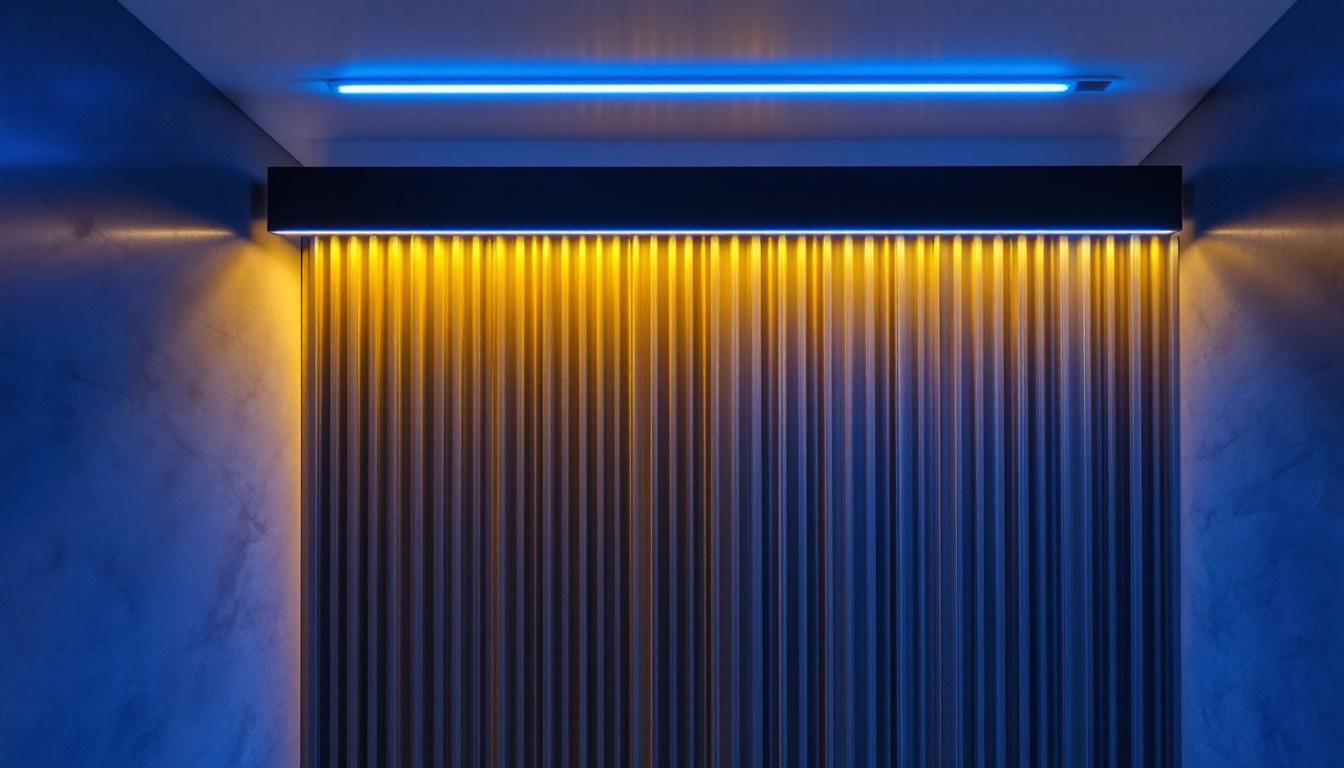
Explore the transformative impact of the 110/130 voltage standard in modern lighting solutions, uncovering its benefits for energy efficiency, sustainability, and innovation in contemporary design.
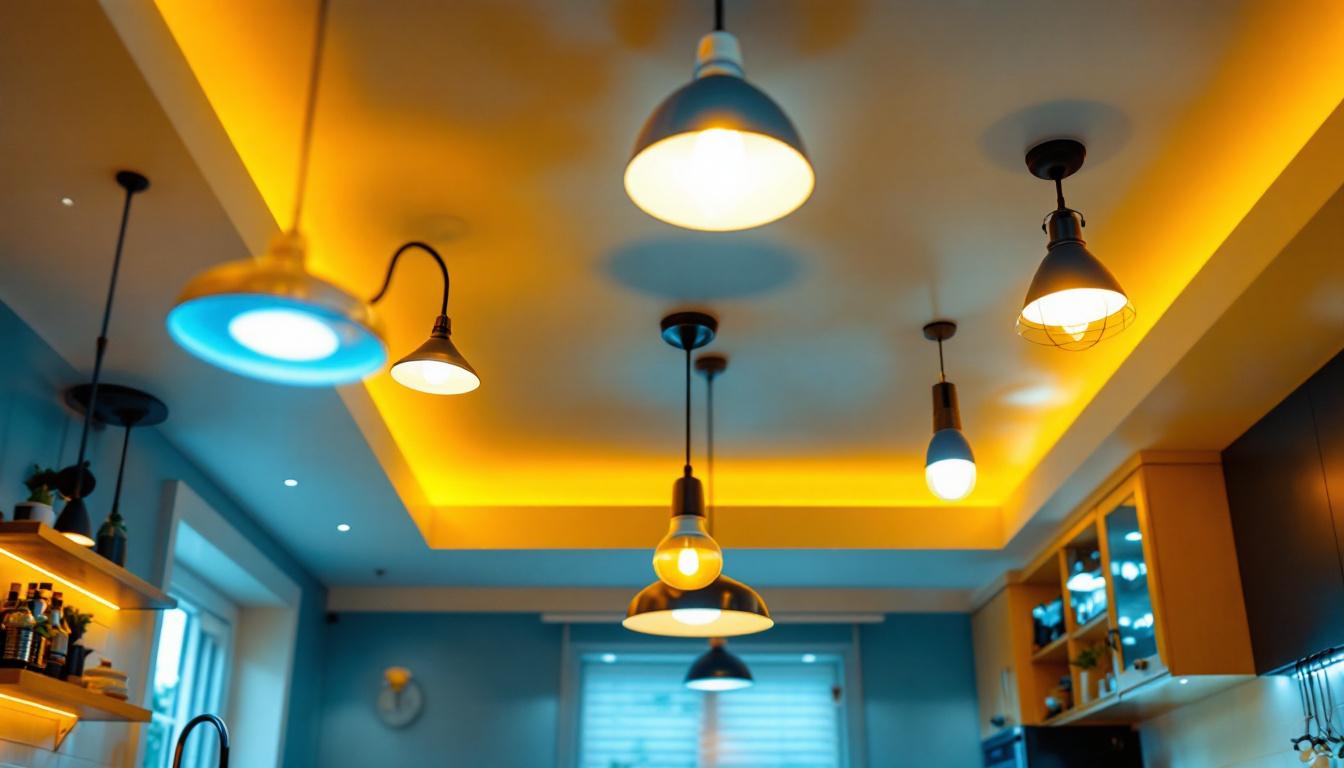
Discover the ultimate guide to kitchen ceiling lighting with our essential checklist tailored for lighting professionals.
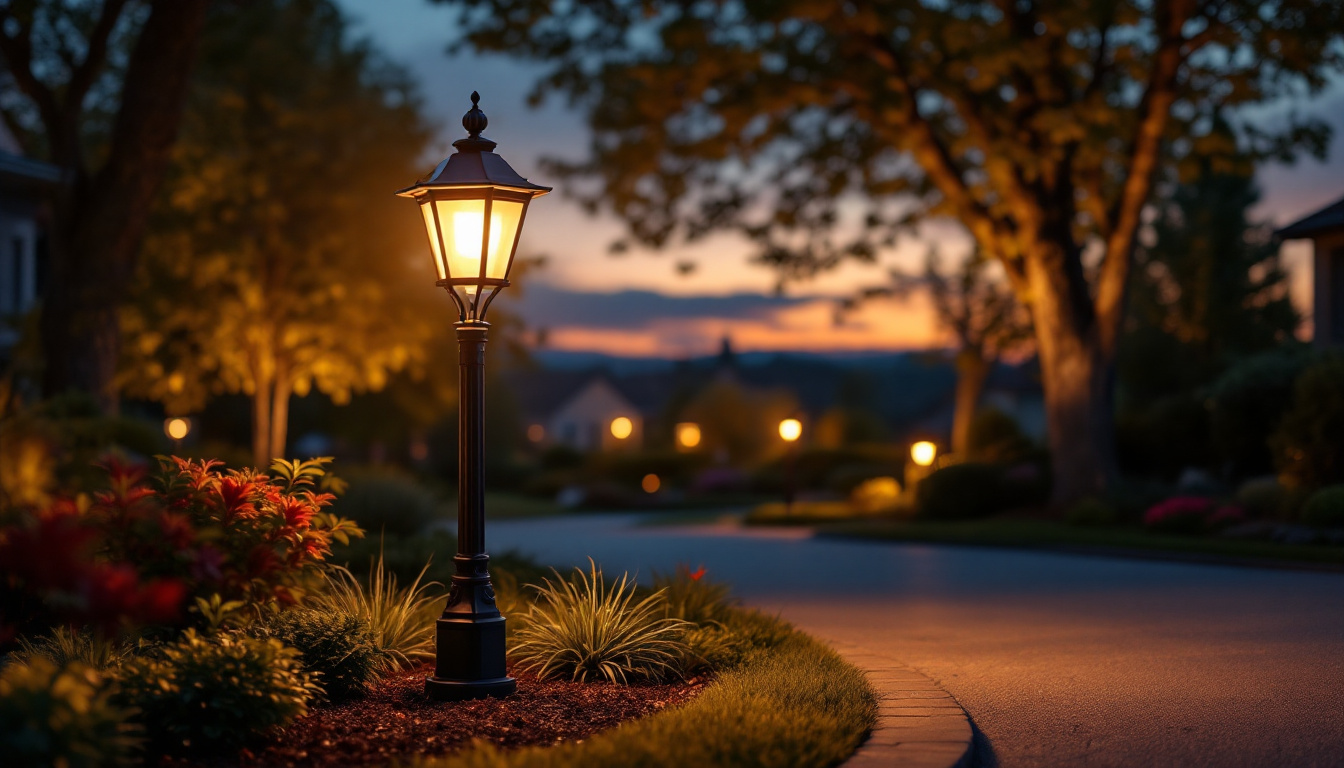
Illuminate your projects with expert insights on driveway lamp posts.
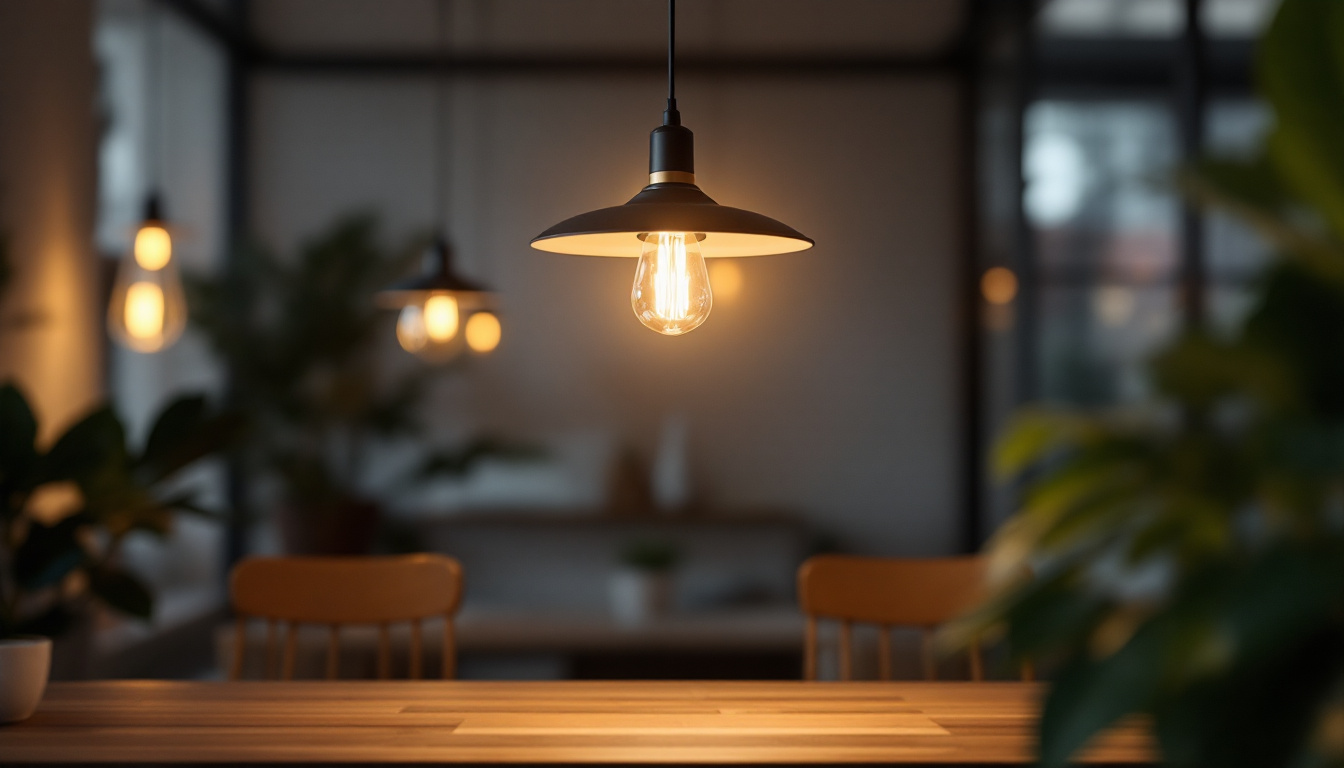
Discover how LED pendant light fixtures revolutionize energy efficiency in modern homes.